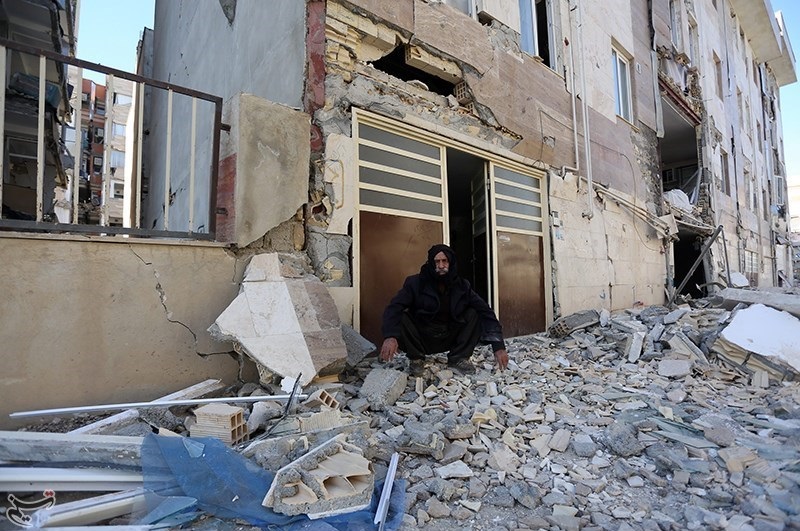By Julia Frances Everett, BA International Relations and Development Studies
On 12th November, the border between Iraq and Iran was hit by a 7.3 magnitude earthquake, leaving citizens desperately searching for signs of life amongst the rubble. The earthquake struck 20 miles south of the Iranian city of Halabja at 9:48pm on the 12th November, killing at least 530 people, and injuring an estimated 9,400. Reports suggest that the quake could be felt as far as the Mediterranean coast of Israel, as well as Turkey and Pakistan.
According to the Red Crescent, the impact of the earthquake left around 12,000 collapsed residential buildings and affected 500 villages. A frantic search for survivors ensued whilst the electricity supply was lost, and roads were cut off as a result of landslides. The majority of victims were Iranian as the province of Kermanshah was hit the worst. In the city of Sarpol-e Zahab, over 236 people are reported to have died, but the city’s hospital was said to have remained partially running after the impact to help casualties.
The day following the earthquake the Iranian Foreign Minister said: “Heartbreaking images from the earthquake damage and loss of life in Kermanshah (and in Iraq). We are grateful for global expressions of sympathy and offers of assistance. For now, we can manage with our own resources. Many thanks for all offers and we will keep you posted.”
This rejection of international assistance has left the Iranian Red Crescent and other organisations to handle relief efforts, leading to reports that aid was slow to arrive and there was a struggle to help the injured – even 48 hours after the impact. According to the head of the Iranian Red Crescent, more than 70,000 emergency shelters are needed to house victims as a result of the quake. A spokeswoman for the Iranian Red Crescent Society did, however, report that the organisation was working with sniffer dogs and debris-removal teams, whilst also offering emergency shelter and treatment in the hardest hit areas. There have also been reports of Iranian citizens in Tehran lining up to donate blood after the earthquake struck.
Meanwhile in Iraq, a state of emergency was declared and the Prime Minister Haider al-Abadi tweeted the day following the earthquake that he “instructed civil defense teams and health and aid agencies to do all that they can to provide assistance’ to the victims of the quake.” Earthquakes are frequent in this region as the Iraq-Iran border sits along a fault line. Fatal earthquakes have hit the region before in 2003 and 2005. In 2012, a double earthquake in Northern Iran killed around 300 people. The earthquake was the world’s deadliest earthquake this year, and will have long lasting effects as the surviving victims are forced to rebuild their lives in the wake of this disaster.
